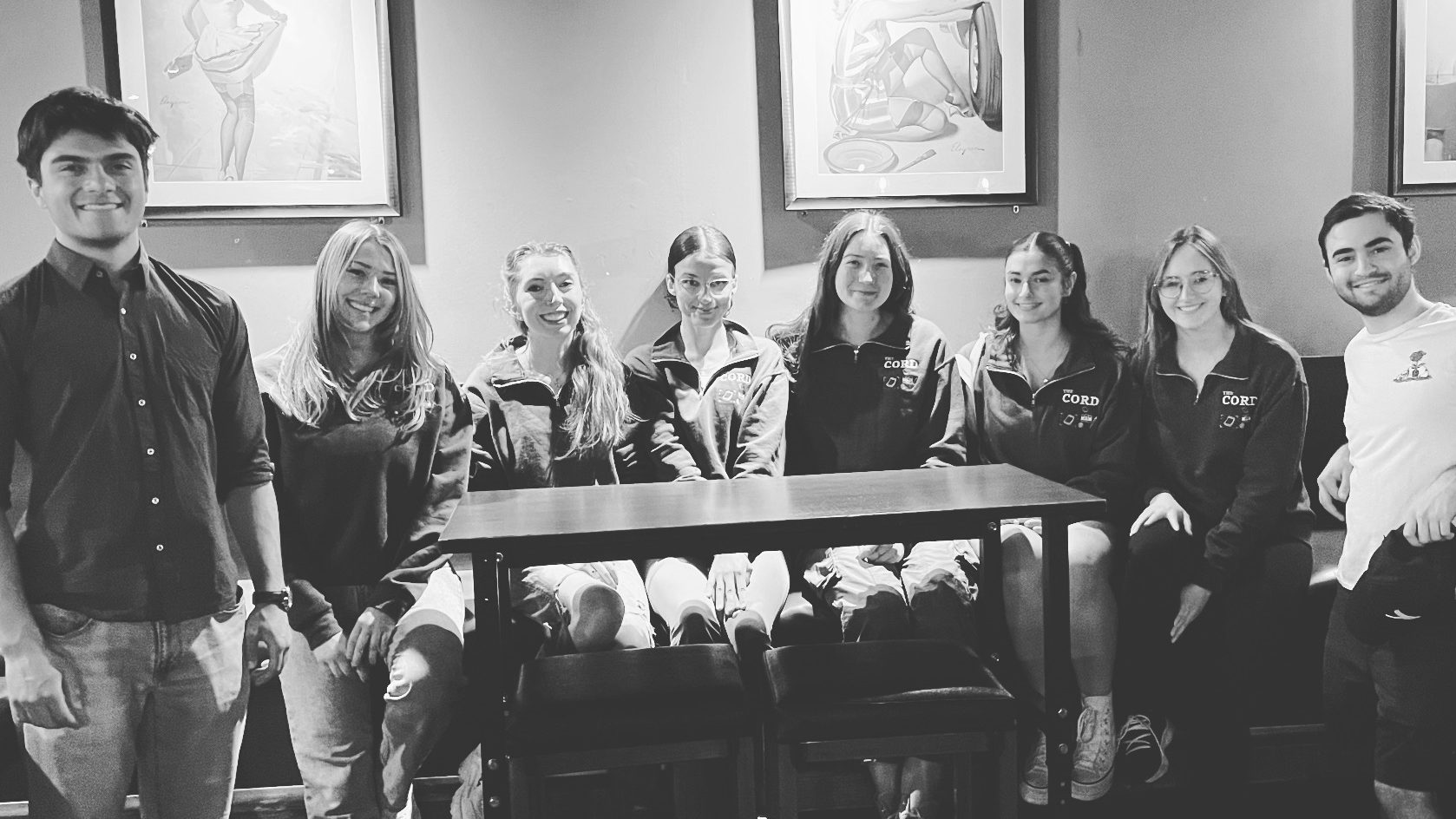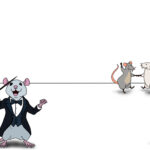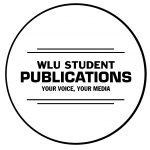
Last week, the arts faculty, with assistance from the Council for the Intellectual and Cultural Development of the Arts (CICDA), facilitated the first ever “Arts in Action” event. The faculty hoped to engage students and inform them on the value of arts degrees as well as what opportunities were available to students through clubs and services. It was an opportunity for departments within the faculty to publicize their offerings and allow students to make informed decisions surrounding course selection.
It is important to note that this event was an unprecedented effort to communicate with students and not only promote the faculty but discuss the value of arts degrees in the post-Laurier world. Student turnout was disappointing as it is for many events running for the first time. Awareness and marketing are typically as important as putting on a quality event. The value of arts degrees is an important discussion to have, and if this event is held again, it is necessary for organizers to understand the weaknesses in the limited approach used this time around.
There should have been more of a discussion or a debate rather than a presentation of one side with an obvious agenda. The event itself, namely the communication between the event participants and students, exemplified the major flaw in arts degrees currently.
Organizers need to ask themselves for next year, “what motivation do students have to engage with this event?” The lecture style, while informative, is distant and unappealing to those already sitting through lectures all day. Furthermore, it is unclear who they were advertising to as there were no prospective students on campus. If aimed at arts and non-arts students it is important to make that clear. Certainly, the discussions taking place and the information available were useful for students enrolled at Laurier, but a broader approach may have been more rewarding.
If current students, especially upper-year students, are seeking out information through this avenue, it may speak to a larger communication problem between the faculty and students. The arts faculty, and all other faculties, should be actively demonstrating to students the value of their degree, how it can be put to use most effectively, and acknowledge the weaknesses of graduating with a degree from that faculty.
As students, we like to hear the positives of our degree, especially because it is true that each degree has value. However, the tangible benefits as well as the set- backs should be made very clear. The clubs and services opportunities, in addition to volunteer, internship, and work opportunities off campus, need to be better incorporated into the event, as a degree needs to be complimented with personal and professional growth.
Despite problems with engagement and innovation, an event that includes academics, professionals and students reflecting on the value of arts degrees is a valuable exercise, even if the methods of communication need improvement. The arts faculty should be commended for showing the desire to engage students and other faculties should take note. If there is a willingness to accept feedback and improve for following events, students could see not only the value in their degree but the value in building a relationship with their department and faculty.








Leave a Reply
You must be logged in to post a comment.